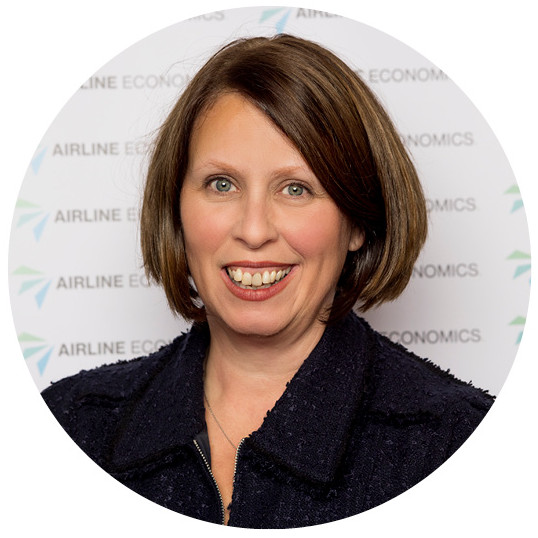Hurricane Irma is continuing to devastate the Caribbean and is heading for the U.S. mainland - airlines will be counting the cost in the weeks to come but for now our thoughts and prayers go out to everyone affected.
The International Air Transport Association (IATA) has announced global passenger traffic results for July showing strong but moderating demand growth. Total revenue passenger kilometers (RPKs) rose 6.8%, compared to the same month last year, down from 7.7% year-over-year growth recorded in June.
All regions reported solid or better growth in passenger volumes over the past year. Capacity (available seat kilometers or ASKs) increased by 6.1%, and load factor rose 0.6 percentage points to a July record of 84.7%.
"As is evidenced by the record high load factor in July, the appetite for air travel remains very strong. However, the stimulus effect of lower fares is softening in the face of rising cost inputs. This suggests a moderating in the supportive demand backdrop," said Alexandre de Juniac, IATA’s Director General and CEO.
International passenger demand rose 6.2% compared to July 2016, which was a slow-down compared to the 7.6% growth recorded in June. Total capacity climbed 5.5%, and load factor edged up 0.5 percentage points to 84.6%.
European carriers posted a 7.5% rise in traffic for July compared to a year ago, down from 8.8% annual growth in June. Capacity rose 5.9%, and load factor climbed 1.3 percentage points to 88.7%, highest among the regions.
Asia-Pacific airlines’ July traffic rose 5.9% over the year-ago period, a deceleration compared to June growth of 8.8%. As with Europe, carriers in the Asia-Pacific region are seeing a slowing of demand growth. Capacity increased 6.7% and load factor slipped 0.6 percentage points to 81.0%.
Middle East carriers had a 4.5% increase in demand for July. This was an acceleration from the 3.6% annual growth seen in June, but was still well off the five-year average pace of 11.2% due to a combination of factors, including the recently-lifted cabin ban on large portable electronic devices, as well as a wider impact from the proposed travel bans to the US. Traffic growth on the Middle East-US route was already slowing in early 2017, in line with a moderation in the pace of expansion of nonstop services flown by the largest Middle Eastern airlines. July capacity climbed 3.6% compared to a year ago and load factor rose 0.7 percentage points to 81.5%.
North American airlines’ traffic climbed 3.5% compared to July a year ago. This was down from 4.4% growth in June, but still ahead of the 5-year average pace (2.9%). Outbound travel is being supported by the relatively solid economic backdrop in North America; however, anecdotal evidence suggests that inbound demand is being negatively influenced by the additional security measures in place for travel to the US. July capacity rose 3.8% with the result that load factor slipped 0.3 percentage points to 85.9%.
Latin American airlines recorded the strongest growth among regions, posting a 10.5% demand rise compared to July 2016. Capacity increased almost as fast, up 10%, and load factor climbed 0.4 percentage points to 84.9%.
African airlines experienced a 6.5% increase in traffic compared to a year ago, down from 9.8% demand growth in June. Capacity rose 1.7%, and load factor jumped 3.4 percentage points to 74.1%.
"As the first full month in the summer peak travel season, July is a bellwether month, and demand continues to be very strong," said de Juniac. “People want to travel and aviation connectivity is vital to the smooth functioning of the global economy. But the economic and social benefits that aviation brings need to be supported by adequate, affordable airport and air traffic management infrastructure. To do this effectively, governments must include aviation’s requirements as part of their national economic strategy

